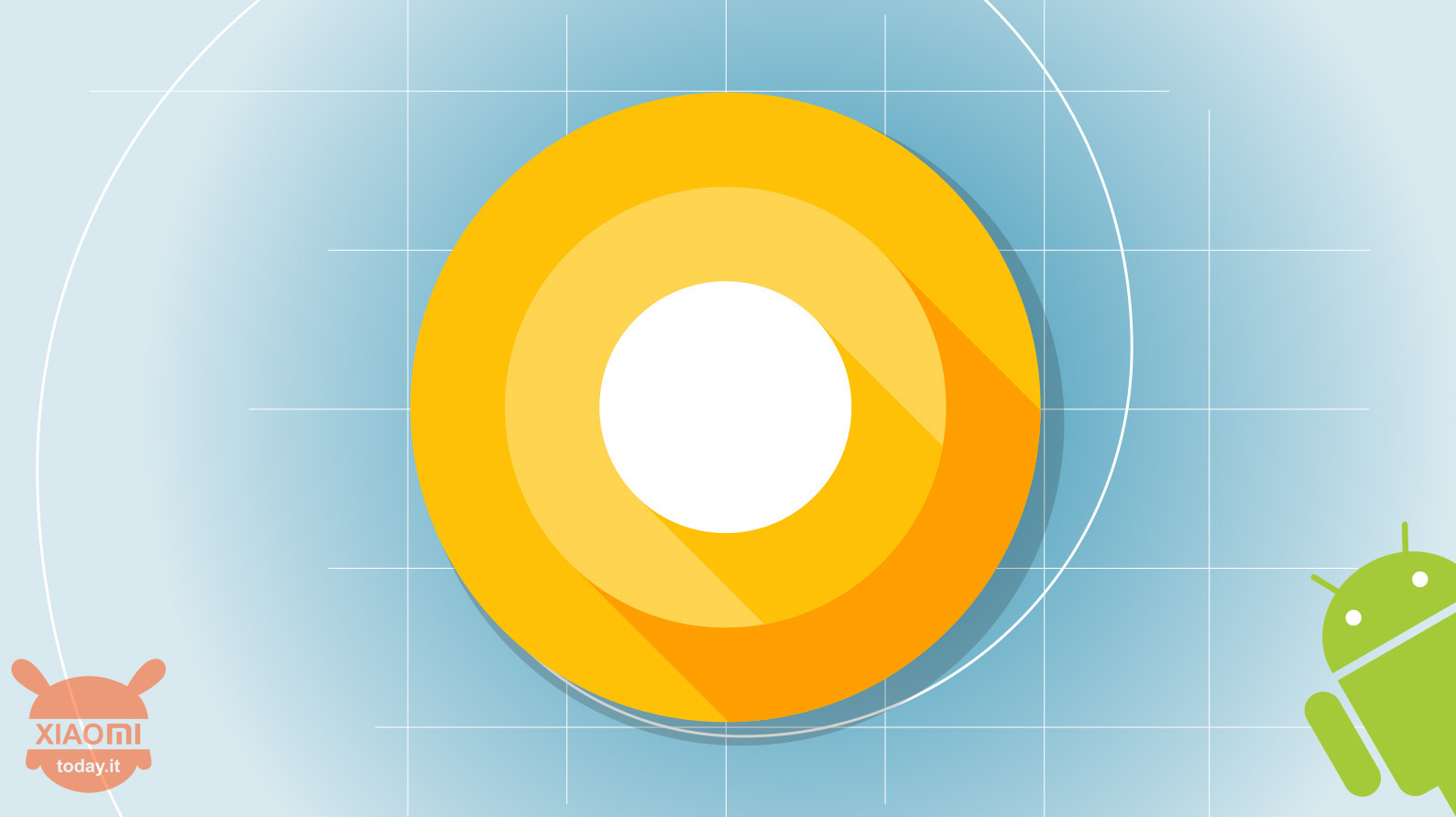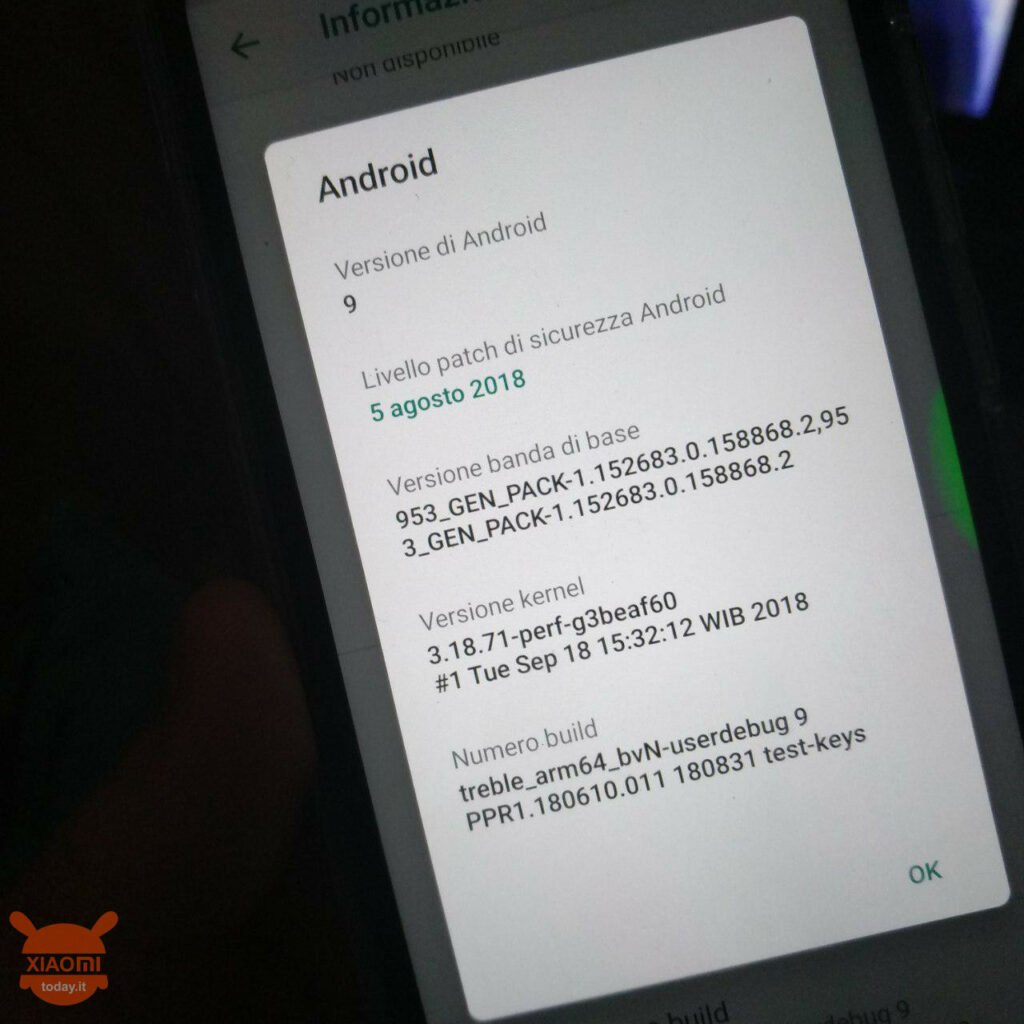
I do not deny having been inspired by some colleagues who began by stating that the modding is not dead and maybe it has never been so alive. The basic problem is that resorting to modding today, in most cases, is no longer a real necessity but more than anything else a race to try out new features and why not operating systems. It is indeed the case of the recent Android 9 Pie that unofficially is available for most smartphones, but attention is not all that glitters.
Perhaps few have heard of GSI, Namely Generic System Image, which differs from the classic Custom ROM to which we are accustomed for the simple fact that a GSI turns out to be a single data package that can be installed on many devices while a Custom ROM must be specially developed for a specific device. The convenience of a GSI ROM is therefore immediately clear to everyone, and this half miracle is made possible thanks to a feature made available by Google, thus expanding the infinite possibilities of modding.
We are talking about Project Treble, difficult and perhaps complex to explain, so I will limit myself to tell you that this function has allowed to separate the section dedicated to smartphone drivers from the Android code, allowing therefore to update only the part relating to the latter. Maybe I have really reduced the explanation to the bone, but what really matters and what interests us is that it gave life to the GSI, una sort of universal ROM that works independently of the hardware of the device, if not those dictated by the smartphone's CPU architecture (ARM-ARM64) as well as the type of partitioning (Slot A - AB Slot).
Android 9 Pie for everyone: here's how to get it on POCOPHONE F1, Mi A2 Lite & Co.
As I said before, for my test I used a Xiaomi Mi A2 Lite, which uses the processor Qualcomm Snapdragon 625 to 64 bit, while the slot partition is AB, so I'll have to download one GSI AB Slot - ARM64. In case you want to try this procedure for example with a POCOPHONE F1 / Mi 8 which use the 845-bit Snapdragon 64 SoC, you will have to download a GSI Only Slot A - ARM64 as silent updates are not supported for the two devices.
Read also: REVIEW XIAOMI MI A2 LITE | INSTALL THE GCAM ON XIAOMI MI A2 LITE
You will wonder where you can download the GSI. You just have to consult this link, and then choose the GSI version best suited for your device. Many recommend Pixel Experience Android P, but I personally encountered problems in the flash by sending the smartphone to bootloop. So I opted for the GSI version Omni Android P. The convenience of a Pixel Experience resided mainly in the fact that the GAPPS were already installed but basic the functioning of the two ROMs remains the same.
And so here, the first risk: you may have problems with the flash and then run into bootloop, so if you do not have cold blood and experience, I strongly advise you to try even minimally to think of doing such modding procedures. That said, once you have downloaded your GSI you will have to extract it into the ADB folder on your PC and then proceed as follows:
Make a backup copy of all your data as you will have to reset the smartphone to the factory settings.
Once the smartphone has been reset, remember to enable the USB DEBUG.
Restart your smartphone in Fastboot mode and connect it to your PC.
From the ADB folder on your PC, open a PowerShell window.
To verify that your terminal is connected correctly, type the command:
fastboot devices
If everything is OK (you will get a message with a series of numbers and letters) you can type the following command:
fastboot erase system
Immediately after, enter the command:
fastboot flash system nome_system.img
* replace system_name_name with the real name of the newly extracted GSI ROM
Once completed, restart the device with the command:
fastboot reboot
This is the procedure I performed, but someone on the net says that the passage linked to the fastboot erase system is not necessary as a reset to factory conditions has already been performed. Unfortunately, I don't know where the truth lies, but I can tell you that in my specific case the procedure was successful and therefore I'm enjoying Android 9.0 Pie on my Xiaomi Mi A2 Lite… No, absolutely no.
The new features of Android 9.0 Pie seem to be all present, like the new gestures navigation system, the new multitasking, the launcher's suggestions, the smart battery management, the Digital Wellbeing but what absolutely did not convince me is the poor optimization of the rounded corners of the display like the rather pronounced ones of the Xiaomi Mi A2 Lite, and then items such as the battery percentage icon or the time are cut outside. Also in my case WiFI hotspot did not work (for me an essential function) but above all the camera did not work if not by installing third-party applications.
In short, the philosophy behind Project Treble is truly extraordinary and with great potential, but personally I found using a GSI poco sensible. The need to put a hand and live with compromises does not make sense, so much is worth staying with the original ROM of your smartphone. Modding makes sense when it brings improvements and not just to satisfy the whims of a tech fan. I'm not throwing the GSI on the contrary I hope that the development continues but perhaps they are still too immature to meet the needs of a user without having to regret anything.














[...] to specify that the ROM for MI 9 is of the GSI type (here we explain in simple words what it means) and from the first feedback, the user experience seems [...]
I just bought the Xiaomi mi A2 lite, after updating the Android 9P I am having the same problems listed above (it does not support wifi or bluetooth connection, etc ...) How can I fix the situation?